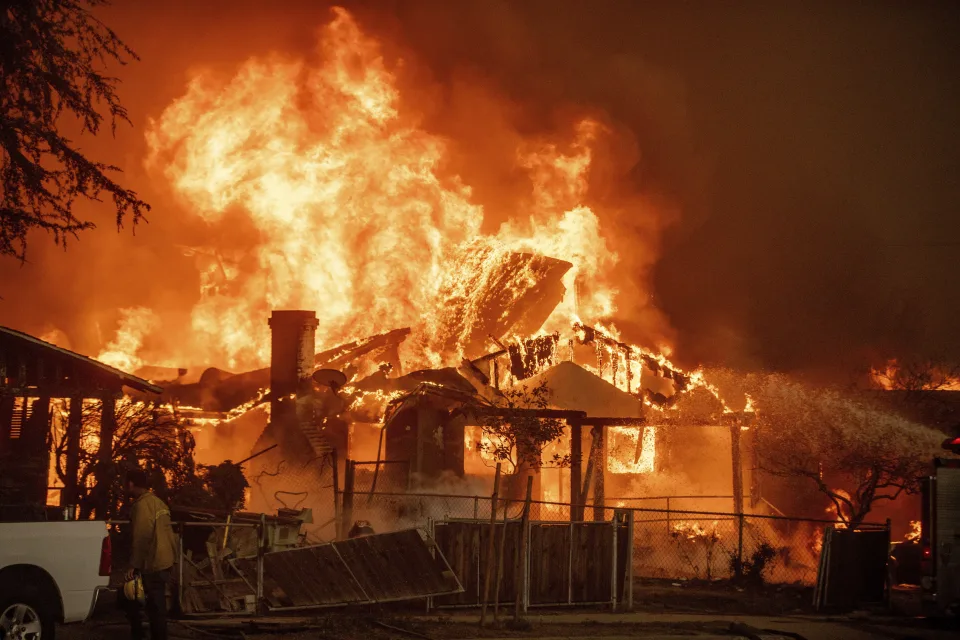California’s homeowners insurance market is being tested as wildfires rage across Southern California, burning over 29,000 acres and forcing 180,000 people to evacuate.
This crisis coincides with the implementation of new regulations designed to stabilize the state’s insurance market by allowing insurers to consider climate change risks when setting premiums and expanding coverage in high-risk areas.
Insurer Exodus and New Regulations
In recent years, insurers like Allstate and State Farm have scaled back operations in California due to mounting wildfire-related losses.
This left millions scrambling for coverage, often turning to the California FAIR Plan, a costly and limited option of last resort.
The new rules aim to reverse this trend by aligning California’s policies with other states. Insurers can now pass on reinsurance costs to consumers, though this may lead to higher premiums.
Experts argue such increases are necessary to address the growing risks of wildfires.
Wildfire Impact and Industry Response
The latest fires, among the most destructive in Los Angeles’ history, highlight the urgency of these changes.
Insured losses are estimated to exceed $20 billion, with homeowners insurance bearing the brunt.
While some insurers, like Farmers, have signaled a willingness to re-enter the market, experts warn that rising climate risks may outpace regulatory efforts.
Dave Jones, former California insurance commissioner, noted that while the changes are a positive step, they may not be sufficient to counter the escalating challenges posed by climate change.
California’s evolving insurance landscape underscores the growing need for solutions to address the financial impact of natural disasters in a warming world.













